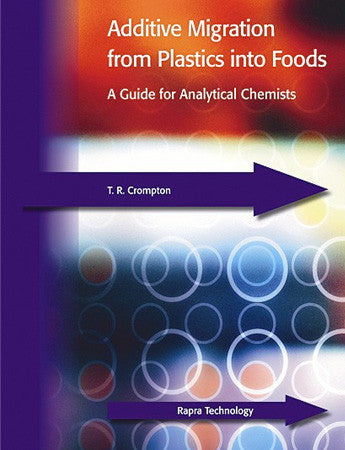Description
Adhesives are widely used in the manufacture and assembly of electronic circuits and products. Generally, electronics design engineers and manufacturing engineers are not well versed in adhesives, while adhesion chemists have a limited knowledge of electronics. This book bridges these knowledge gaps and is useful to both groups.
The book includes chapters covering types of adhesive, the chemistry on which they are based, and their properties, applications, processes, specifications, and reliability. Coverage of toxicity, environmental impacts, and the regulatory framework make this book particularly important for engineers and managers alike.
The third edition has been updated throughout and includes new sections on nanomaterials, environmental impacts and new environmentally friendly ‘green’ adhesives. Information about regulations and compliance has been brought fully up-to-date.
As well as providing full coverage of standard adhesive types, Licari explores the most recent developments in fields such as:
• Tamper-proof adhesives for electronic security devices.
• Bio-compatible adhesives for implantable medical devices.
• Electrically conductive adhesives to replace toxic tin-lead solders in printed circuit assembly - as required by regulatory regimes, e.g. the EU’s Restriction of Hazardous Substances Directive or RoHS (compliance is required for all products placed on the European market).
• Nano-fillers in adhesives used to increase the thermal conductivity of current adhesives for cooling electronic devices.
Readership
Electronics and materials engineers in the automotive, medical, semiconductors, space, plastics, and military industries.
Quotes
"I recommend this book without reservation to everyone in electronics who must understand adhesives, or make decisions about adhesives, or both." - George Riley
1.1 Adhesives Types and Definitions
1.2 Summary of Packaging Technologies
1.3 History of Adhesives in Electronic Applications
1.4 Comparison of Polymer Adhesives with Metallurgical and Vitreous Attachment Materials
1.5 Specifications
1.6 The Market
2. Functions and Theory of Adhesives
2.1 Mechanical Attachment
2.2 Electrical Connections
2.3 Thermal Dissipation
2.4 Stress Dissipation
3. Chemistry, Formulation, and Properties of Adhesives
3.1 Chemistry
3.2 Formulation of Adhesives
3.3 Properties
4. Adhesive Bonding Properties
4.1 Cleaning
4.2 Surface Treatments
4.3 Adhesive Dispensing
4.4 Placement of Devices and Components
4.5 Curing
4.6 Rework
5. Applications
5.1 General Applications
5.2 Specific Applications
6. Reliability
6.1 Failure Modes and Mechanisms
6.2 Specifications
7. Test and Inspection Methods
7.1 Physical Tests
7.2 Electrical Tests
7.3 Environmental Tests
7.4 Thermal Tests
7.5 Mechanical and Thermomechanical Tests
7.6 Chemical Analysis
Appendix
Conversion Factors
Abbreviations and Acronyms
Index




